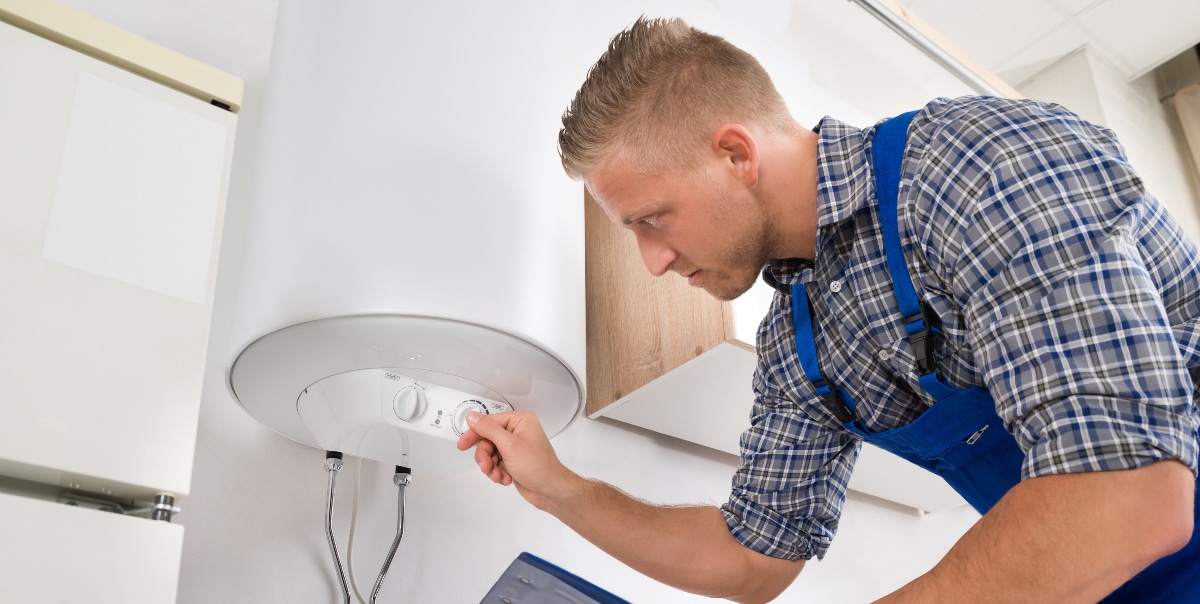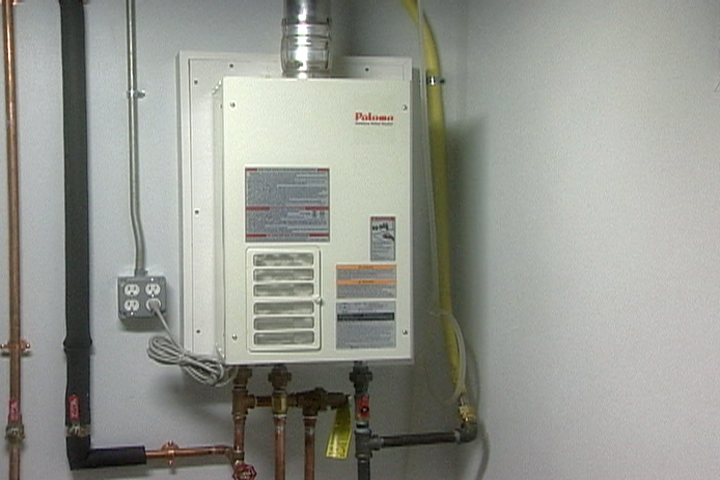Useful Techniques for Maintaining Your Home's Hot Water System
Useful Techniques for Maintaining Your Home's Hot Water System
Blog Article
We have discovered the article pertaining to Tips For Maintaining Your Hot Water Heater directly below on the web and concluded it made good sense to quickly share it with you on my blog.

Warm water is necessary for daily comfort, whether it's for a refreshing shower or washing meals. To guarantee your hot water system runs efficiently and lasts longer, normal maintenance is vital. This short article offers practical ideas and insights on how to preserve your home's warm water system to avoid disruptions and expensive repairs.
Intro
Keeping your home's warm water system might seem complicated, yet with a couple of simple steps, you can ensure it operates efficiently for several years to find. This guide covers whatever from understanding your hot water system to do it yourself upkeep suggestions and knowing when to hire professional assistance.
Value of Preserving Your Warm Water System
Routine maintenance not only extends the life expectancy of your warm water system however additionally ensures it operates successfully. Neglecting upkeep can bring about decreased effectiveness, greater energy expenses, and also premature failure of the system.
Indications Your Warm Water System Needs Upkeep
Knowing when your hot water system requires focus can stop significant issues. Keep an eye out for signs such as inconsistent water temperature level, strange noises from the heating system, or rusty water.
Comprehending Your Warm Water System
Before diving into upkeep jobs, it's practical to comprehend the basic elements of your warm water system. Usually, this consists of the hot water heater itself, pipelines, anode rods, and temperature controls.
Regular Monthly Upkeep Tasks
Regular month-to-month checks can help capture small problems prior to they rise.
Purging the Hot Water Heater
Flushing your hot water heater removes debris buildup, enhancing efficiency and lengthening its life.
Monitoring and Changing Anode Rods
Anode poles avoid deterioration inside the container. Examining and replacing them when worn is crucial.
Examining and Changing Temperature Setups
Adjusting the temperature settings guarantees optimum performance and safety.
DIY Tips for Upkeep
You can perform numerous maintenance tasks on your own to maintain your warm water system in top problem.
Looking for Leakages
Routinely check pipelines and links for leakages, as these can result in water damage and greater costs.
Checking Stress Relief Valves
Examining the stress relief valve ensures it functions correctly and prevents too much stress build-up.
Shielding Pipelines
Shielding hot water pipes reduces warmth loss and can save energy.
When to Call a Professional
While do it yourself upkeep is useful, some problems require professional know-how.
Complicated Issues Requiring Specialist Assistance
Examples consist of significant leakages, electrical problems, or if your water heater is consistently underperforming.
Regular Expert Maintenance Benefits
Specialist maintenance can include comprehensive examinations, tune-ups, and making certain compliance with safety and security criteria.
Conclusion
Regular maintenance of your home's hot water system is important for performance, long life, and expense savings. By complying with these tips and recognizing when to seek specialist help, you can ensure a reliable supply of hot water without unanticipated interruptions.
How to Maintain an Instant Hot Water Heater
Before tinkering with your hot water heater, make sure that it’s not powered on. You also have to turn off the main circuit breaker and shut off the main gas line to prevent accidents. Also turn off the water valves connected to your unit to prevent water from flowing into and out of the appliance. 2. When you’re done, you have to detach the purge valves’ caps. These look like the letter “T†and are situated on either side of the water valves. Doing so will release any pressure that has accumulated inside the valves while at the same time avoid hot water from shooting out and burning your skin. 3. When the purge valves’ caps are removed, you have to connect your hosing lines to the valves. Your unit should have come with three hoses but if it didn’t, you can purchase these things from any hardware or home repair shops. You can also get them from retail stores that sell water heating systems. Read the user’s manual and follow it to complete this task properly. When the hosing lines are connected, open the purge port’s valves. 4. You should never use harsh chemical cleaners or solutions when cleaning your unit. Make use of white vinegar instead. It should be undiluted and you’ll probably use about 2 gallons. 5. Now flush your water heater. This task should probably take about 40 minutes. We can’t give you specific directions for this because the procedure is carried out depending on the type, model and brand of your heater. With that being said, refer to the user’s manual. 6. When you’re done draining the unit, you have to turn off the purge port valves again. Remove the hosing lines that you earlier installed on each of the water valves. Put the valve caps (purge port) back in their respective places and be very careful so as not to damage the rubber discs that are found inside these caps. 7. Now that everything’s back in place, check your user’s manual again to find out how to reactivate your water heating system. 8. Once it is working, turn one of your hot water faucets on just to let air pass through the heater’s water supply pipes. Leave the tap on until water flows smoothly out of it. https://www.orrplumbing.com/blog/2014/september/how-to-maintain-an-instant-hot-water-heater/

We had been made aware of that editorial about What Kind of Maintenance Do Water Heaters Need? through a pal on a different blog. Enjoyed our entry? Please quickly share it. Help other people find it. Thanks a lot for your time invested reading it.
This Resource Report this page